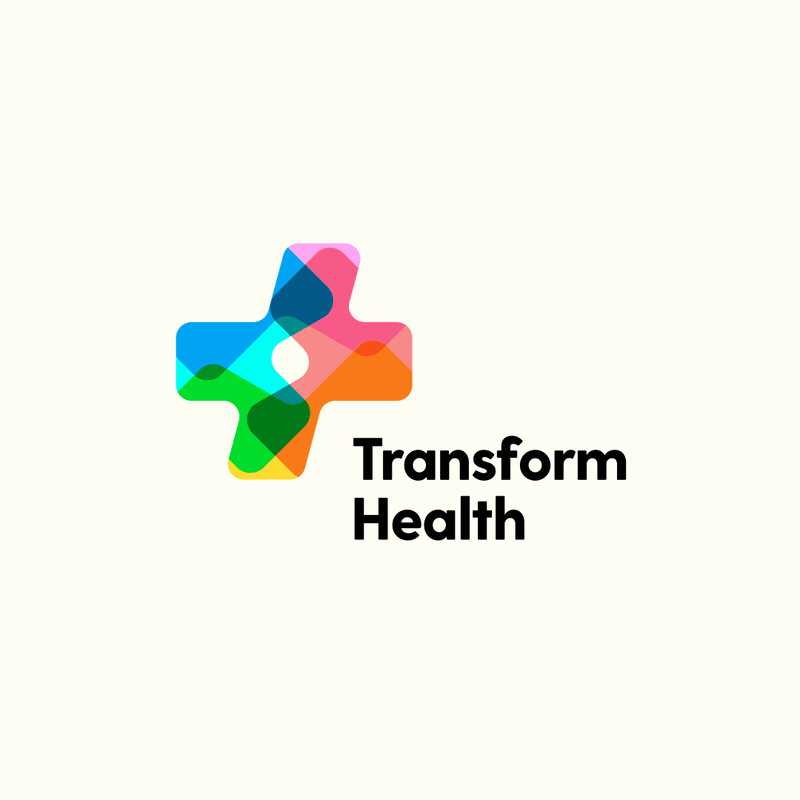Author(s): Danielle Mullings, Young Experts: Tech4Health and co-chair of Transform Health’s Resource and Investment Circle. @damullingstweet
Although I haven’t had COVID-19 directly, this disease has had a significant impact on me, my family, and my friends. Our lives have moved from being very busy, rushing to classes, hugging each other in the hallways to being home most of the week, conducting all learning sessions virtually and greeting each other with socially distanced ‘elbow handshakes’. The impact of COVID-19 on the lives of young people needs to be evaluated further.
YOUNG PEOPLE’S LIVES GREATLY AFFECTED
I know I am not alone. COVID-19 has impacted young people across the world in so many different ways. Whilst we are at lower risk of becoming ill from COVID-19 compared to older generations, it doesn’t mean that young people’s lives haven’t been greatly affected by the pandemic.
The secondary effects of COVID-19 – created by responses to the pandemic, rather than the virus itself – have disrupted our homes, our communities, our education, and our social lives. Lockdowns and other restrictions have limited young people’s autonomy, freedom, and ability to access a range of services that are important for our wellbeing. All of this has taken a huge toll on our mental health.
For almost one year, young people’s access to healthcare and other services has also been limited. Whereas before, young people often relied on schools and universities to get essential health information and services, these options have largely been unavailable to us during lockdowns. Many specialist adolescents and youth health services have remained closed and our access to a wide range of health professionals, from guidance counsellors to dentists has been taken away. Added to this, our economic prospects have been set back years and we will be landed with national debts that may take us a generation to repay.
WE NEED TO REMEMBER OUR POWER
The response to COVID-19 has demonstrated what is possible when there is sufficient political will to address a health challenge. We’ve seen immense political willpower and economic investment to create a new vaccine in under a year. This is truly incredible but I wonder if it would have happened if the virus didn’t disproportionately affect the health and wallets of older populations that hold the reigns of power, globally?
Where is this same willpower to cure the diseases and other causes of poor health that have been with us for years, and that disproportionately affect the youth, women and marginalised groups? Young people have been largely overlooked in the response to COVID-19 and the consequences will be devastating for us and our communities. Governments must act now to mitigate the direct and indirect impacts of the pandemic on young people’s lives.
I encourage the global health community to reassess what it’s priorities are. Are we doing the best we can to accommodate and include young people, women and other underrepresented groups in the COVID-19 response? Can we invest the same energy and resources into tackling the health challenges that most directly concern young people?
HARNESSING THE DIGITAL TRANSFORMATION FOR YOUNG PEOPLE’S HEALTH AND WELLBEING
Digital technology has helped overcome some challenges presented by the pandemic and we are seeing faster adoption of digital technologies for health as a result of COVID-19. Young people have used the internet, social media and apps to get health information, manage their health and wellbeing, keep up with their studies, and stay connected to friends. Several have been able to take advantage of digital health services such as telemedicine, virtual therapy sessions, and online support groups. Some of my peers are even creating digital health content and solutions to respond to the needs of other young people, and help fill gaps created by the COVID-19 response.
This has not been the case for all young people, however. The pandemic has highlighted a huge digital divide between young people with access to the internet, devices and affordable connectivity, and those without. As we move to increase the use of technology in health and other domains, we must not let young people without ready and affordable access to the internet get left behind. We also need to ensure we are not allowing digital technologies and data to automate inherent biases and reinforce imbalances in power.
ALLOW YOUNG PEOPLE TO LEAD THE RESPONSE TO COVID-19
The next stage of the pandemic response must ultimately serve all people, not just the powers at hand. The best way to achieve this is to include young people in the elaboration and implementation of policies that directly impact them. Policymakers need to give young people a seat at the table and listen to us. Allow us to be part of a response to COVID-19 that addresses the damage done to our mental and physical health over the past year. Make space for us to be part of a response that allows us to harness the potential of digital technologies and create healthier futures for everyone.
I am calling on leaders around the world to commit to addressing other health issues with the same dynamism and political will as they have demonstrated with COVID-19. Investing in the equitable digital health transformation of health systems and extending universal health coverage to everyone so that we meet the Sustainable Development Goals target by 2030 would be good first steps. In all that we do, we must ensure that we keep this year’s UHC Day theme in mind: ‘Health for all: protect everyone’.
For all young leaders who may be reading, I encourage you too to remember your power. In mobilizing and empowering our communities to put young people at the heart of the COVID-19 response, and wider digital transformation of health, we are mobilizing and empowering the world.
Author(s) Bio:
Danielle Mullings is the co-chair of Transform Health’s Resource and Investment Circle. You can follow her on Twitter.

